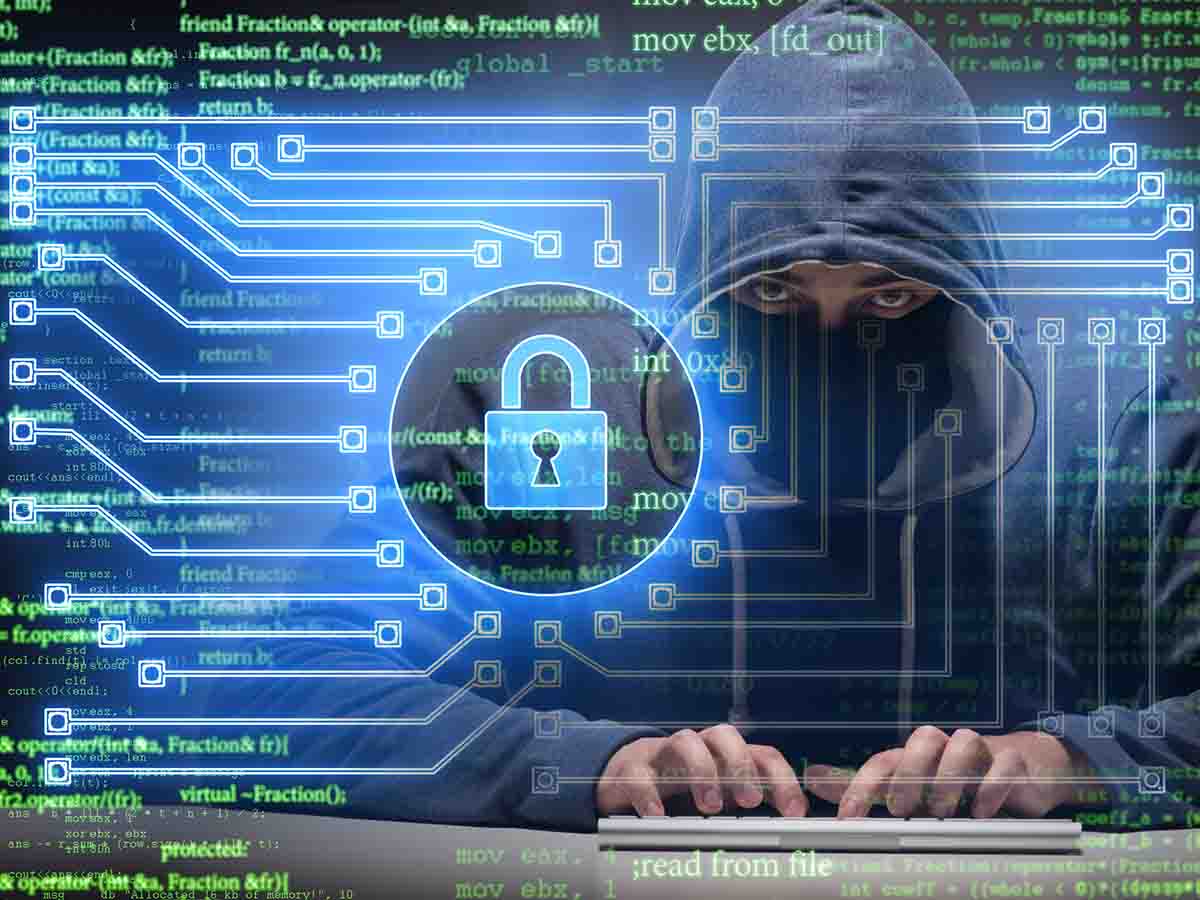Encipher, also known as encryption, is a process where data or information is converted into a code. This is done to prevent unauthorized access and maintain data privacy. Using specific encryption keys, the original data can be brought back to its original form, a process known as deciphering or decryption.
Encipher Examples
1. Email Encryption
Email encryption is a widespread usage of enciphering in our day-to-day lives. Every time you send an email through a secure platform, your message gets enciphered, or transformed into a code.

Stay One Step Ahead of Cyber Threats
In this process, the textual content of your email is converted into an unreadable series of alphanumeric characters. Your email platform or service does this to safeguard the information you’re sending, in case it falls into the wrong hands during transmission.
Here’s how it works: The recipient of your email has a unique encryption key. Only with this key, your coded email can be changed back, or decrypted, into its original readable format. This system ensures that even if someone were to intercept your email, they wouldn’t be able to understand it without the recipient’s individual key.
Therefore, the practice of enciphering emails keeps your personal and business communications safe and private. It truly is a valuable tool in maintaining online security.
2. Password Protection
Another common example of enciphering is password encryption. When you set up a password for your online account, whether it’s for social media, an online bank, or an email account, your password doesn’t remain in the simple word or sequence of characters you typed.
For security purposes, your password gets enciphered or encoded into a different series of symbols and characters. Essentially, your password is converted into an unreadable format which is stored in the system.
When you enter your password to log into your account, what the system does is compare the enciphered version of what you entered with the enciphered version of your stored password. If they match, you’re given access. This process is all about keeping your personal information private and your accounts secure from unauthorized access.
This technique is extremely critical in our digital age, where cyber security threats are rampant. Without this protective measure, anyone who gains access to the password database could read and misuse the user password. Hence, password enciphering remains integral to our online safety.
3. Secure Online Payments
Secure online payments are another relevant example of enciphering in practice. When you make a purchase from an online store and enter your credit card details at checkout, that information is not directly received or stored by the online store in the form you entered.
Instead, your credit card details are enciphered, meaning they are transformed into a code or a sequence of unreadable characters. This encryption occurs at the moment of payment and remains encrypted within the store’s database.
Decryption of this information would require a unique key, possessed solely by the authorized payment processors. As such, even if the website were to be compromised, the encrypted credit card information remains secure and unusable to potential hackers.
This enciphering process protects sensitive financial data, bolstering the security of online transactions. It creates an environment wherein shoppers can safely make payments online, secure in the knowledge that their financial information is well-protected by encryption.
Conclusion
Enciphering, or encryption, therefore, plays a critical role in safeguarding personal and sensitive data in various domains. By transforming data into unreadable code, from encrypted emails to password protection and secure online transactions, it provides a robust defense mechanism against unauthorized access and potential cyber threats.
Key Takeaways
- Enciphering, or encryption, converts data into an unreadable code to protect from unauthorized access.
- Deciphering, or decryption, is the process of converting enciphered data back to its original form using a unique key.
- Email Encryption is a common example of enciphering where the content of emails is encrypted to safeguard the information during transmission.
- Password encryption is another mode of enciphering where passwords are stored in encrypted formats, providing security against unauthorized access.
- Secure online payment systems use enciphering to protect credit card information, hence ensuring the security of online transactions.
Related Questions
1. Can encryption be broken or hacked?
While the goal of encryption is to offer security and confidentiality, it’s not 100% impenetrable. Advanced hackers might be able to breach certain types of encryption, especially if they’re outdated. However, encryption methods are constantly improving and evolving to counteract these threats.
2. What is a ‘key’ in enciphering?
In enciphering or encryption, a ‘key’ is a piece of information used in conjunction with an algorithm to transform the data into an unreadable format. This same key, when used with a decryption algorithm, restores the data to its original form.
3. Is it necessary to encipher all data?
The necessity to encipher all data may depend on the nature and sensitivity of the data. However, to maintain good digital hygiene and protect from potential threats, it’s often best practice to encrypt sensitive and personal information.
4. What is the difference between enciphering and encoding?
While both methods aim to change the original format of the data, their purpose and usage are different. Enciphering or encryption is used for security purposes and requires a specific key to reverse the process. Encoding, on the other hand, is used to ensure data integrity during transmission or storage and can be reversed using the same algorithm that encoded the data.
5. What is symmetric and asymmetric encryption?
In symmetric encryption, the same key is used for both encrypting (enciphering) and decrypting the data. However, in asymmetric encryption, two different keys are used – one public key for encryption and a private key for decryption. This method is typically used in secure email systems and secure websites.
"Amateurs hack systems, professionals hack people."
-- Bruce Schneier, a renown computer security professional






